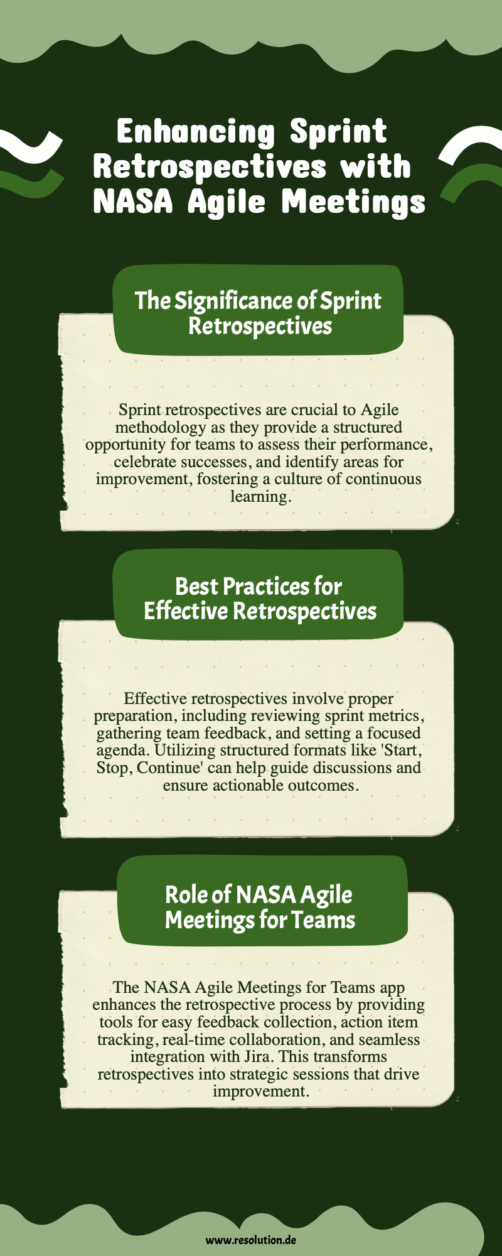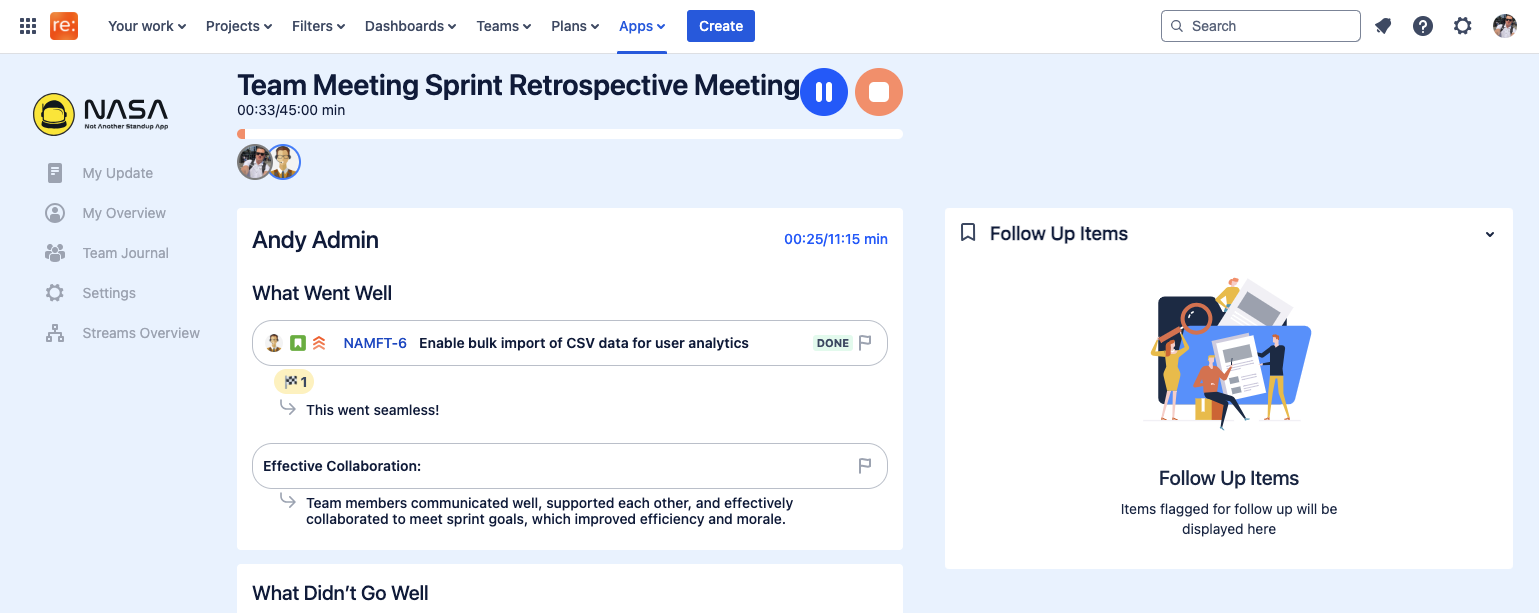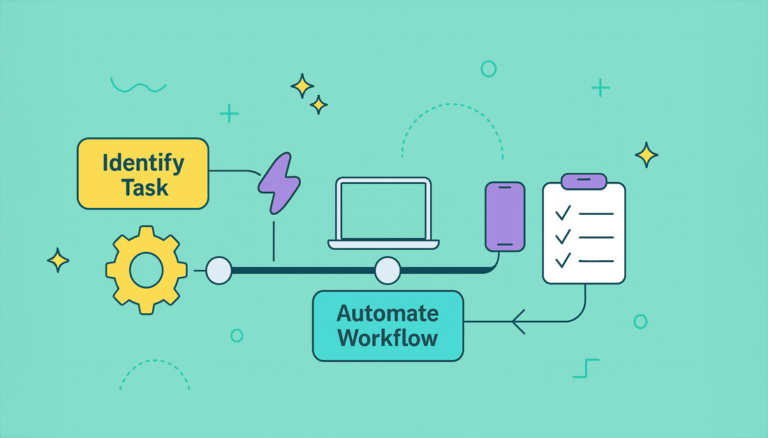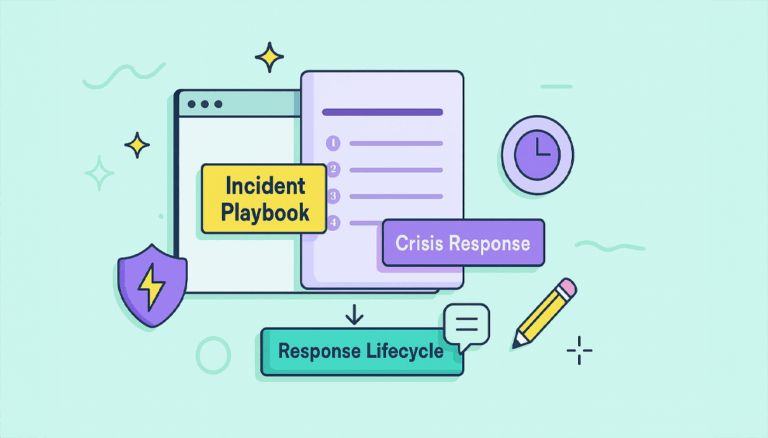Sprint retrospective meetings are a cornerstone of Agile methodology. These essential ceremonies provide scrum teams with an opportunity to reflect on the sprint, celebrate wins, and uncover areas for improvement. At their core, sprint retrospective meetings foster collaboration, trust, and continuous learning—all critical to high-performing Agile teams.
Despite their significance, sprint retrospectives often fall short of their potential due to challenges like lack of engagement, unresolved recurring issues, or ineffective follow-through on action items. That’s where the NASA Agile Meetings for Teams app comes into play, offering tools designed to elevate the retrospective process and ensure meaningful outcomes.
This blog explores the best practices for mastering sprint retrospective meetings and delves into how NASA Agile Meetings for Teams can transform these sessions into a launchpad for success.
Key Takeaways
By the end of this article, you’ll understand:
The critical role sprint retrospectives play in Agile practices.
Key participants and their responsibilities in retrospectives.
Proven best practices for running effective retrospectives.
How NASA Agile Meetings for Teams can streamline and enhance retrospective meetings.
Understanding Sprint Retrospective Meetings
A sprint retrospective meetings are Agile ceremonies that occurs at the end of a sprint. It provides the scrum team an opportunity to reflect on three fundamental questions:
What went well during the sprint?
What didn’t go well?
What can we do to improve for the next sprint?
These sessions are collaborative, involving the Product Owner, Scrum Master, and development team. Their purpose extends beyond mere reflection—it’s about fostering a culture of openness and continuous improvement, where every sprint builds upon the last.
Importance of Sprint Retrospective Meetings
Without regular, productive retrospectives, Agile teams risk stagnation. Here’s why they’re vital:
Team Cohesion: They provide a forum for celebrating successes and acknowledging efforts, which strengthens scrum team morale.
Continuous Improvement: Retrospectives help scrum teams identify inefficiencies, fostering a mindset of innovation and problem-solving.
Prevention of Recurring Issues: Addressing challenges openly prevents unresolved problems from hampering future sprints.
Example: Consider a scrum team struggling with missed deadlines due to unclear requirements. In a sprint retrospective, this issue is identified, and a new process is established to clarify acceptance criteria during sprint planning.
Without retrospectives, such improvements might never occur, leading to persistent inefficiencies.
Key Objectives of a Sprint Retrospective Meeting
Sprint retrospective meetings have clear goals that guide the discussion:
Identify Strengths: Acknowledge and celebrate what worked well.
Pinpoint Weaknesses: Discuss challenges and obstacles.
Define Improvement Actions: Propose and prioritize actionable items for the next sprint.
By addressing these objectives, scrum teams can direct their efforts towards measurable improvement and progress.

Who Should Attend a Sprint Retrospective Meeting?
The success of a sprint retrospective relies on the participation of:
Scrum Master: Facilitates the meeting, ensuring it remains constructive and focused.
Product Owner: Provides insights into business outcomes and ensures alignment with organizational goals.
Development Team: Shares first-hand experiences from the sprint, offering critical feedback and ideas for improvement.
Their collaboration ensures a comprehensive review of the sprint retrospectives from technical, operational, and business perspectives.
Roles and Responsibilities in a Sprint Retrospective
Scrum Master: Guides the conversation, prevents derailment, and ensures a safe space for dialogue.
Product Owner: Advocates for business objectives while remaining open to scrum team feedback.
Development Team Members: Actively contribute their perspectives and ideas, offering solutions alongside concerns.
This structured approach encourages accountability and fosters a balanced discussion.
Preparation Steps
Preparation is the foundation of an effective sprint retrospective. Follow these steps:
Review Sprint Metrics: Analyze data like velocity, burndown charts, and defect rates to frame discussions.
Gather Feedback: Encourage team members to reflect and share input ahead of time.
Set an Agenda: Create a focused agenda to ensure productive and time-boxed discussions.
Pro Tip: Use visual aids, such as charts or feedback boards, to provide a clear starting point for conversations.
How to Conduct an Effective Sprint Retrospective Meeting
A successful retrospective hinges on structure and facilitation. Here’s a step-by-step guide:
Set the Stage: Begin with an icebreaker to foster a relaxed atmosphere.
Review the Sprint: Share sprint metrics and key highlights to frame the discussion.
Facilitate Open Dialogue: Use a structured format like “Start, Stop, Continue” to guide conversations.
Identify Action Items: Brainstorm specific, achievable improvements for the next sprint.
Close the Meeting: Summarize key takeaways, assign responsibility for action items, and express gratitude for participation.
Tip: Allocate time for every stage and stick to the agenda to avoid going over time.
How NASA Agile Meetings for Teams Enhances Sprint Retrospectives
The NASA Agile Meetings for Teams app is a game-changer for retrospectives. Here’s how it adds value:
Feedback Collection Tools: Simplify gathering and analyzing feedback with intuitive features.
Action Item Tracking: Ensure follow-through by assigning and monitoring tasks within the app.
Real-Time Collaboration: Enhance participation, especially for hybrid teams, with interactive and engaging tools.
Integration with Jira: Sync retrospective outcomes with sprint planning seamlessly.
With NASA Agile Meetings for Teams, retrospectives transform from routine discussions into strategic planning sessions that drive tangible results.

Summary
Sprint retrospectives are more than a checkpoint—they’re a catalyst for team growth and project success. By mastering best practices and leveraging tools like NASA Agile Meetings for Teams, Agile teams can unlock the full potential of their retrospectives.
Recap:
Sprint retrospectives build team cohesion and foster continuous improvement.
Best practices ensure focused, productive discussions and actionable outcomes.
NASA Agile Meetings for Teams simplifies and enhances the retrospective process, offering unmatched support for Agile teams.
Ready to elevate your sprint retrospectives? Take these next steps:
Schedule a Demo: Discover how NASA Agile Meetings for Teams can revolutionize your Agile practices.
Visit Our Product Page: Learn more about features and benefits tailored for Agile teams.
Download from the Atlassian Marketplace: Start your journey to more effective retrospectives today.
Explore resources that empower your team and drive consistent sprint success.
Frequently Asked Questions
How long should a sprint retrospective last?
Typically, 1-2 hours, depending on the sprint length. Ensure sufficient time for meaningful discussion without overextending.
What are some common retrospective formats?
Popular formats include “Start, Stop, Continue,” “Mad, Sad, Glad,” and the “Sailboat” exercise.
How can I engage remote team members?
Use tools like NASA Agile Meetings for Teams to create interactive, collaborative experiences.
What if recurring issues persist despite retrospectives?
Dive deeper into root cause analysis and explore systemic changes to address underlying problems.
Mastering sprint retrospectives isn’t just about improving your process—it’s about empowering your team to reach new heights of collaboration and performance. Take the leap with NASA Agile Meetings for Teams and make every sprint count.
Mastering the Sprint Retrospective: Tips for Success and Improvement
What is a Sprint Retrospective?
A sprint retrospective is a review meeting conducted after a sprint to reflect on the previous sprint, identify areas for improvement, and plan for the next sprint.
It is an essential part of the Scrum framework, allowing teams to continuously improve their processes and deliver high-quality results.
The sprint retrospective meeting is attended by the entire team, including the Scrum Master, Product Owner, and development team members.
Benefits of Sprint Retrospectives
Improved team collaboration and communication
Enhanced Agile processes and practices
Better end results and increased customer satisfaction
Increased transparency and accountability among team members
Opportunities for growth and learning for individual team members
Preparing for a Successful Sprint Retrospective Meeting
Gathering Data and Feedback
Collect data and feedback from team members before the meeting to ensure everyone’s voice is heard
Use surveys, sticky notes, or online collaboration tools to gather feedback
Encourage team members to share their thoughts and experiences from the previous sprint
Setting the Goal of the Meeting
Establish a clear goal for the meeting, such as identifying areas for improvement or creating action items for the next sprint
Ensure everyone understands the purpose and objectives of the meeting
Set a positive and constructive tone for the meeting
Conducting a Sprint Retrospective Meeting
Step 1: Set the Tone
Create a safe and open environment for team members to share their thoughts and experiences
Encourage active listening and respectful communication among team members
Set the stage for a productive and solution-focused discussion
Step 2: Gather Feedback
Use various techniques, such as the 4 Ls or sad, mad, glad methods, to gather feedback from team members
Encourage team members to share their thoughts and experiences from the previous sprint
Use visual aids, such as sticky notes or whiteboards, to facilitate discussion and idea generation
Step 3: Generate Insights
Analyze the feedback and data collected to identify patterns and trends
Identify areas for improvement and opportunities for growth
Encourage team members to share their insights and perspectives
Step 4: Create Action Items
Create concrete action items with clear owners and deadlines
Ensure action items are specific, measurable, achievable, relevant, and time-bound (SMART)
Assign responsibilities and tasks to team members to implement changes
The Role of the Scrum Team in a Sprint Retrospective
The Scrum team, including the Scrum Master, Product Owner, and development team members, plays a crucial role in the sprint retrospective
Team members are responsible for sharing their thoughts and experiences, providing feedback, and contributing to the discussion
The Scrum Master facilitates the meeting and ensures the team stays focused and productive
Common Challenges and Solutions
Lack of feedback or participation from team members
Difficulty in identifying areas for improvement or creating action items
Insufficient time for discussion or implementation of changes
Solutions include using various techniques for gathering feedback, setting clear goals and objectives, and ensuring sufficient time for discussion and implementation
Implementing Action Items and Tracking Progress
Ensure action items are implemented and tracked
Assign responsibilities and tasks to team members to implement changes
Regularly review and assess progress to ensure changes are effective and sustainable
Best Practices for Sprint Retrospectives
Hold sprint retrospectives regularly, ideally after each sprint
Ensure the entire team, including the Scrum Master, Product Owner, and development team members, attends the meeting
Use various techniques for gathering feedback and facilitating discussion
Encourage active listening and respectful communication among team members
The Role of the Scrum Master in Facilitating Sprint Retrospectives
The Scrum Master facilitates the sprint retrospective meeting and ensures the team stays focused and productive
The Scrum Master encourages team members to share their thoughts and experiences, provides feedback, and contributes to the discussion
The Scrum Master ensures the meeting stays on track and achieves its objectives
The Role of the Product Owner in Sprint Retrospectives
The Product Owner participates in the sprint retrospective meeting and provides feedback and insights
The Product Owner ensures the team’s work aligns with the product’s overall vision and goals
The Product Owner contributes to the discussion and helps identify areas for improvement




